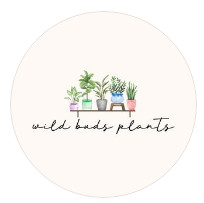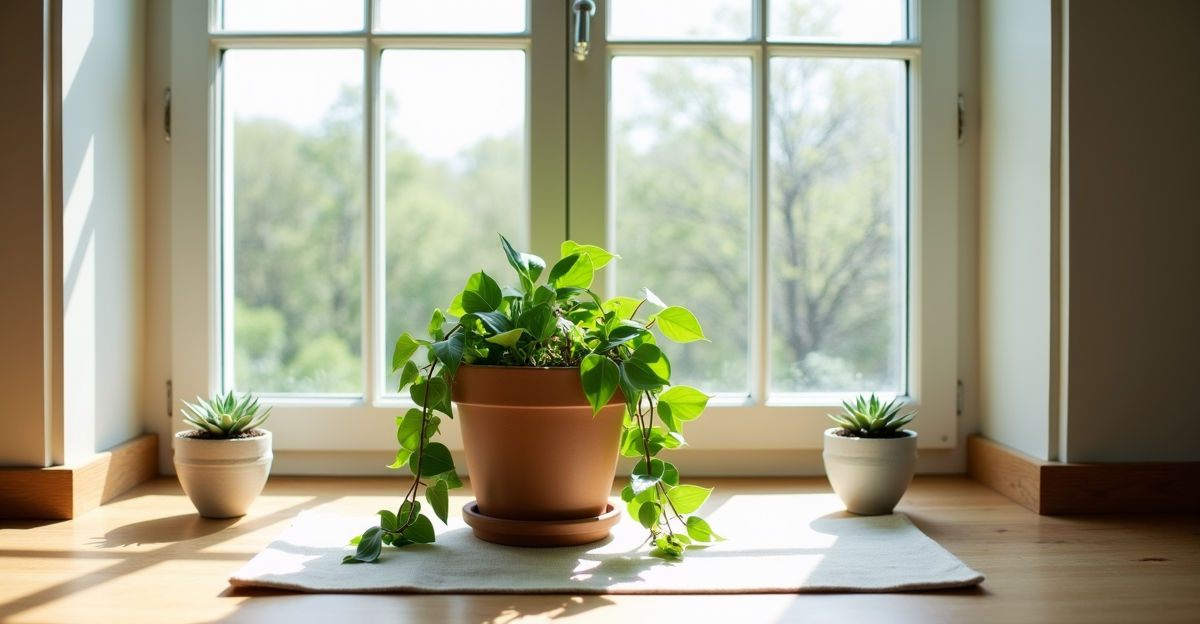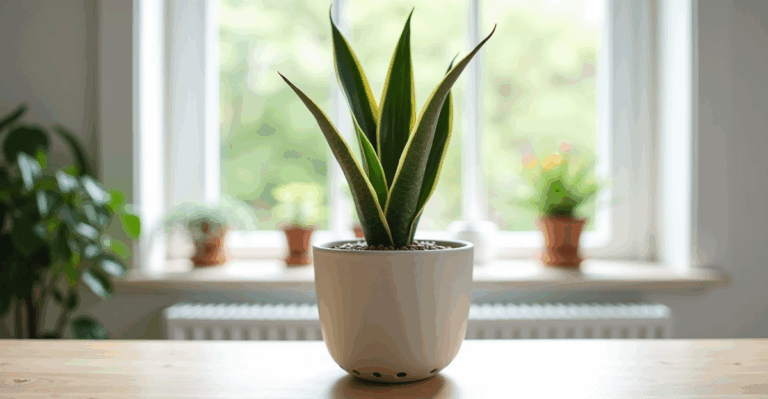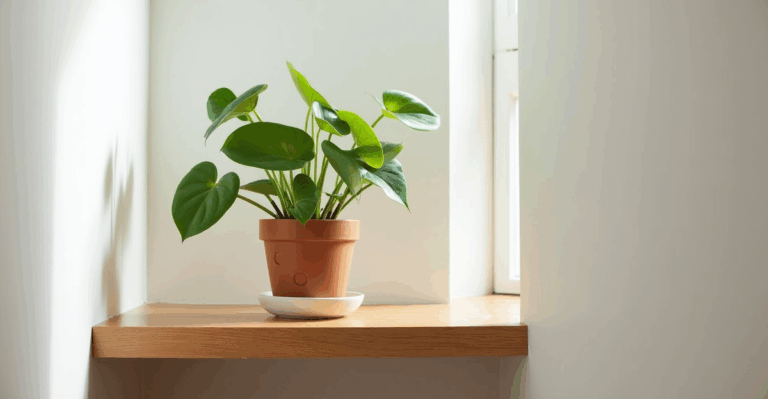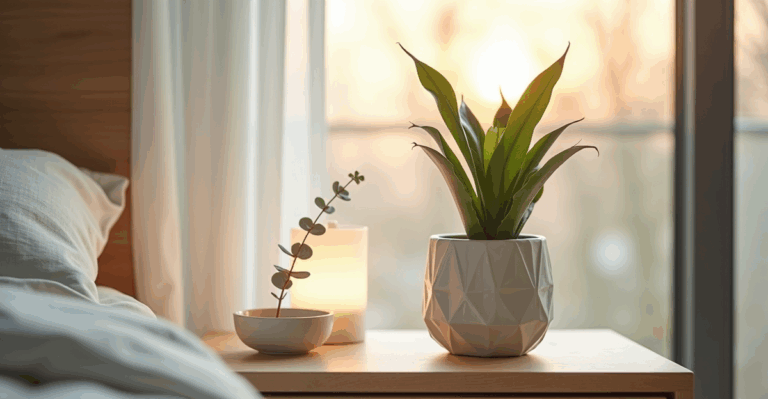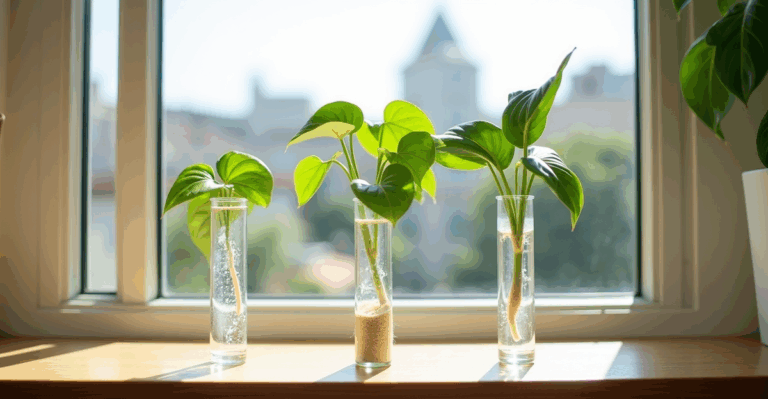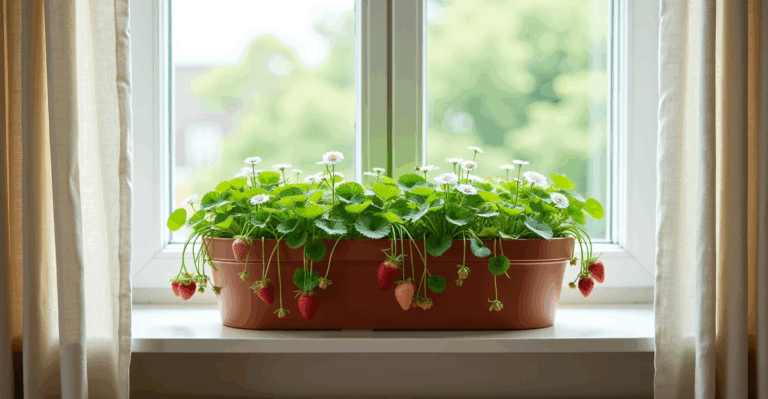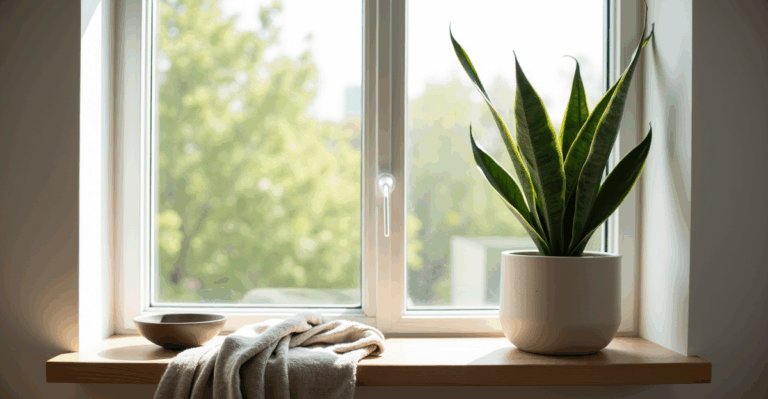Why Your Hoya Thrives (and Blooms) in Your Kitchen Window — Not the Living Room
Remember that Hoya carnosa you bought for your kitchen window? The one you thought would be a low-maintenance, trailing beauty near the sink? Then it started looking sad, leaves turning yellow, and you realized you’d been watering it every single day because the sink looked wet. We’ve all been there. The kitchen feels like the perfect spot for a plant—bright, warm, and part of daily life. But kitchens have unique quirks: low light (often just a north or east window), humidity swings from cooking, and a tendency to overwater because it’s so visible. The real secret? Choosing the right Hoya and setting it up right for those conditions. Not just any plant survives here. We’ve tested dozens, and these varieties, paired with smart cachepot setups, turn kitchen windows into thriving green corners.
Why Hoyas Are Kitchen Heroes (When You Get the Details Right)
Hoyas aren’t just pretty—they’re resilient. They naturally climb in tropical forests, tolerating drier air than many ferns or calatheas, and they thrive on consistency, not constant attention. In a kitchen, they benefit from the gentle warmth near the stove (not the direct heat of the oven!) and the humidity from cooking. The key isn’t avoiding mistakes—it’s understanding the specific kitchen environment. Most people assume all Hoya varieties are the same, but their light needs, growth habit, and water tolerance vary. A Hoya kerrii (the heart leaf) needs slightly more light than a Hoya bella (the tiny, delicate one), and both need different care than a standard Hoya carnosa. Overwatering is the silent killer here; kitchens often have less airflow than other rooms, so soil dries slower than you think. We’ve seen countless plants die from a single extra splash of water in a deep cachepot.
Top 3 Hoyas for Kitchen Realities (Not Just Pretty Pictures)
Hoya carnosa ‘Compacta’
This is your kitchen workhorse. The ‘Compacta’ form stays smaller, less viney, and handles the slightly lower light of an east or north kitchen window better than the standard trailing type. It blooms reliably with a few months of consistent care. Kitchen fit: Tolerates occasional dry air from appliances (like a quiet fridge hum) and doesn’t mind the lower light intensity of a north-facing window. Care nuance: Water only when the top 2–3 inches of soil feel dry. In winter, that might be every 2–3 weeks; in summer, maybe weekly. Never let it sit in water. Flush the pot monthly to prevent mineral buildup from tap water.
Hoya kerrii (Heartleaf Hoya)
The perfect small kitchen plant. Its heart-shaped leaves are charming on a windowsill or floating in a shallow cachepot. It needs a bit more light than ‘Compacta’—aim for bright, indirect light from an east window (not direct sun, which scalds the leaves). Kitchen fit: Thrives in the gentle steam from cooking but will wilt if placed too close to a hot stove. Care nuance: Let the top 1–2 inches dry out before watering. It’s more sensitive to overwatering than ‘Compacta’ but blooms beautifully with a little extra care. Avoid placing it on a cold window ledge in winter.
Hoya bella
For the adventurous kitchen gardener. This tiny, delicate plant loves humidity and a slightly higher light level (south window if filtered by a sheer curtain). Kitchen fit: Best suited for a kitchen with a very bright, indirect window (east facing, or a south window with a curtain). It’s prone to root rot if the kitchen is dry and you overwater. Care nuance: Needs high humidity—place it near a humidifier or mist the leaves weekly. Water when the top inch is dry, using distilled water if your tap is hard. Trade-off: It’s not the most forgiving beginner plant for kitchens, but its tiny white starry flowers are worth it for the right spot.
Solving the Deep Cachepot Problem (Without Killing Your Plant)
The kitchen’s aesthetic often demands a deep, stylish cachepot—maybe a ceramic bowl on a shelf, a woven basket, or a modern geometric planter. But deep cachepots are a major risk for Hoyas. They trap water, leading to root rot even if you water correctly. We’ve seen so many plants fail because the owner loved the look of a deep pot but didn’t account for drainage. The solution isn’t a tiny pot—it’s a smart system.
The Insert Method: Keep It Dry at the Bottom
This is our go-to for kitchens. Place your Hoya in a standard-sized pot (with drainage holes) and set it into the cachepot. Then, add a layer of clean, dry pebbles or decorative stones at the bottom of the cachepot (about 1–2 inches deep). The pot sits on top of the pebbles, so water drains away from the pot’s base.
– Why it works: Peels create a dry zone. Even if the cachepot gets a little water from washing dishes, the stones prevent the pot from sitting in it.
– Kitchen example: We have a Hoya carnosa ‘Compacta’ in a deep, sculpted ceramic cachepot on a kitchen shelf. The pot sits on smooth river rocks inside the cachepot. No water ever pools.
– Edge case: Avoid using gravel or soil in the cachepot—it traps moisture and worsens the problem. Pebbles must be clean and dry.
The Removable Liner Trick
For kitchens with very deep cachepots (like a tall wooden bowl), use a smaller, shallow liner pot inside. Fill the liner pot with soil, place your Hoya in it, and nest the liner pot into the cachepot. The liner pot slides out for watering—no need to lift the heavy cachepot.
– Why it works: You water only the liner pot, then reinsert it. It’s a visual win for a minimalist kitchen.
– Kitchen example: In our test kitchen, we use a woven rattan cachepot with a slim white ceramic liner. The Hoya kerrii inside gets watered, drained, and slid back in. The rattan stays dry.
– Trade-off: Liners can be tricky to find in the right size for deep cachepots, which is why our 3D-printed planters (with built-in drainage) are a game-changer for this setup.
The Blooming Secret: It’s Not Just Light (It’s Consistency)
Most kitchen Hoyas don’t bloom because they’re stressed by inconsistent care. They need predictable light, water, and humidity. Here’s how to make it happen:
– Light consistency: Place your Hoya in the same spot year-round. Avoid moving it to the sunny windowsill for a few weeks and then back to the dark corner. Hoyas bloom on established nodes—they need time to form buds.
– Water consistency: Stick to a routine. Use a moisture meter or the finger test (top 2–3 inches dry) every 7–10 days. If you forget, skip a watering—don’t add more.
– Humidity boost: Kitchen steam helps, but it’s unreliable. Place a small humidifier near your Hoya (not directly on it), or group it with other plants. Avoid misting—it can encourage pests like spider mites in dry kitchen air.
– Bloom tip: If your Hoya hasn’t bloomed in 2 years, try moving it to a slightly brighter spot (east window) and reduce watering slightly for 1–2 months. They bloom when they feel slightly stressed.
Avoiding Kitchen-Specific Pitfalls
- Overwatering (The #1 Killer): Kitchen soil feels dry on top but is wet underneath. Fix: Use the finger test (2–3 inches deep) and check drainage holes. If roots are mushy, repot into well-draining mix (2 parts potting soil, 1 part perlite).
- Root Rot from Cachepots: If you notice yellow leaves or a soft stem, remove the plant from the cachepot, rinse roots, trim dead roots, and repot in a container with drainage. Never skip drainage for Hoyas.
- Dry Air from Heating: In winter, radiators or vents dry air. Fix: Place your Hoya on a tray with moist pebbles (not water) to increase humidity around it.
- Pests: Kitchens can attract fungus gnats from overwatered soil. Fix: Let soil dry completely between waterings, and use a sticky trap. Avoid chemical sprays—kitchen plants shouldn’t absorb chemicals.
Your Kitchen Hoya Setup: A Real-Life Example
The Scene: A north-facing kitchen window (low light), a deep ceramic cachepot (4 inches deep) on a shelf, and a Hoya carnosa ‘Compacta’ planted in a standard 6-inch pot.
The Problem: The plant was dying—leaves yellowed, stem soft. The cachepot was full of water from a spill, and the pot sat directly in it.
The Fix:
1. Removed the plant from the cachepot.
2. Added a 1-inch layer of dry river rocks to the cachepot.
3. Placed the original pot on top of the rocks inside the cachepot.
4. Watered only when the top 2 inches were dry (about every 2 weeks).
The Result: Within 6 weeks, new growth appeared. After 3 months, it bloomed for the first time. The cachepot stayed dry, the plant thrived, and the kitchen looked stylish.
Final Thoughts: Kitchen Plants Are About Harmony, Not Perfection
Your Hoya in the kitchen isn’t about having a “perfect” plant—it’s about choosing one that fits your space and care style. Hoya carnosa ‘Compacta’ is the easiest, kerrii is the charming small one, and bella is the bold choice for the bright kitchen. And the cachepot? It’s not a decoration—it’s part of the care system. Deep pots are beautiful, but they require the right setup to avoid root rot. The key is making the display work with your plant’s needs, not against them. We’ve tested every setup, and the right combination turns a simple kitchen window into a living, breathing corner that rewards you with beauty and blooms.
When you’re ready to grow your setup, explore our 3D-printed planters.
Key Takeaways
– Hoya carnosa ‘Compacta’ is the most forgiving kitchen plant; use the finger test for watering.
– Deep cachepots need a dry zone (pebbles or removable liner) to prevent root rot.
– Consistent light and moisture—not just “bright light”—are essential for blooming.
